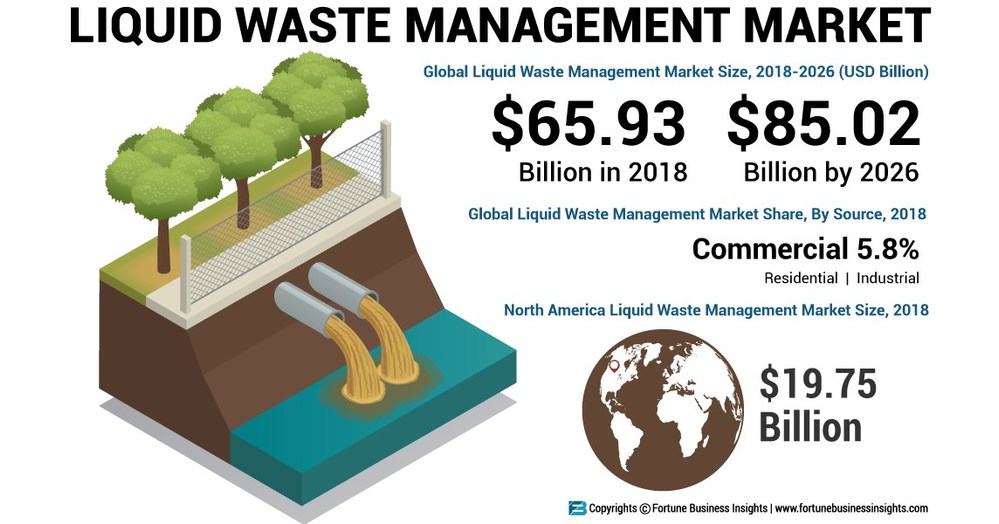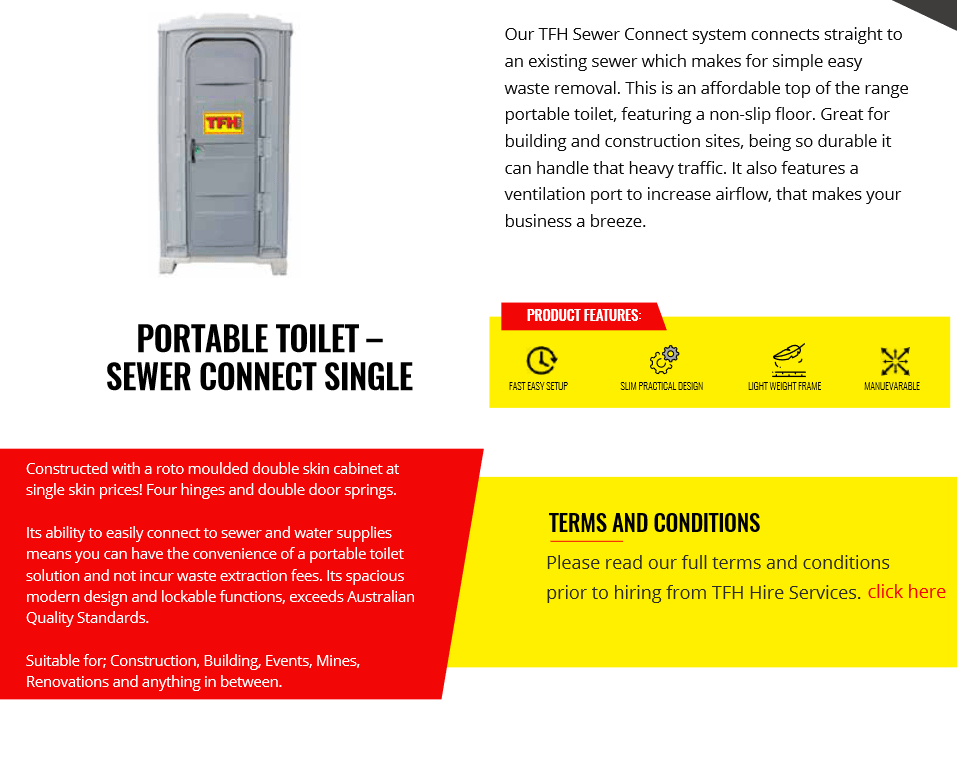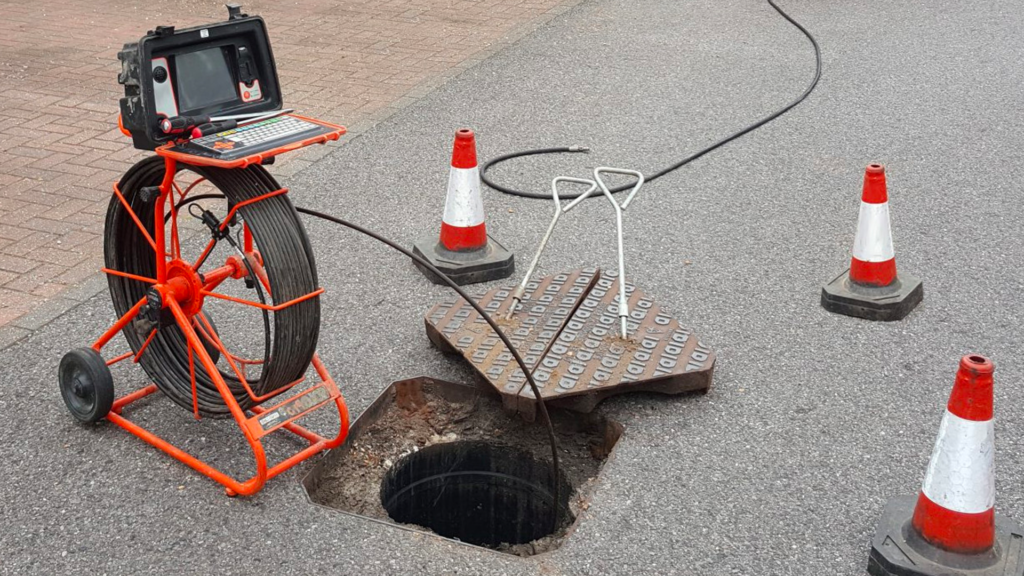Some Known Incorrect Statements About Reclaim Waste
Some Known Incorrect Statements About Reclaim Waste
Blog Article
Facts About Reclaim Waste Uncovered
Table of ContentsIndicators on Reclaim Waste You Should KnowWhat Does Reclaim Waste Do?Not known Facts About Reclaim WasteNot known Factual Statements About Reclaim Waste Getting My Reclaim Waste To WorkReclaim Waste for Dummies

Never ever put hazardous materials down sinks, commodes or stormwater drains Compounds consisting of gasoline, oil, oil, pesticides and herbicides, and solvents such as paint pole dancers need to not be put down sinks, toilets or stormwater drains. These materials are challenging to remove in the sewer therapy process and trigger air pollution issues in our neighborhood rivers.

Although liquid waste is a term that covers a wide variety of products, there's an excellent reason leaving its disposal to the experts is advised. Fluid waste is non-solid material that has no additional usage and has to be dealt with and dealt with according to neighborhood, state and government laws.
Some Known Details About Reclaim Waste
Although examples of liquid waste can include wastewater, fats, oils or grease, utilized oil, liquids, solids, gases or sludges and dangerous house liquids, there are some that are thought about to be a lot more harmful than others when it concerns the environment and the health of pets and human beings alike. It's for this reason that each state and territory have actually stringent policies connected to fluid waste monitoring.
Fluid waste can be stored in holding tanks or packaged in drums, intermediate mass containers or approved tiny containers before either being treated or removed using outsourced vacuum vehicles. Offered the nature of the materials, fluid waste can not go in the general waste stream and there are rigorous policies on how to get rid of it appropriately.
(https://www.intensedebate.com/people/reclaimwaste1)Depending upon a determination of the level of threat, it may be needed to remediate those sites. Furthermore, dangerous fluid chemical wastes are regulated waste and has to be tracked based on the state waste legislation. Under the chain of custodianship and obligations, owners are liable and liable for waste created by a service.
One of the core applications for superabsorbent polymers (SAPs) is liquid waste solidification. liquid waste disposal. SAPs are used by waste administration experts to prevent potentially harmful fluids from getting in waterways, groundwater aquifers, and various other sensitive atmospheres. Due to the fact that fluids can quickly transport pollutants right into ecological receptors and potentially contribute to geotechnical failings, fluid wastes are usually prohibited from disposal in garbage dumps
About Reclaim Waste
Generally, totally free fluids are fluids that divide from the strong section of waste product. Fluid waste can consist of the following: HDD mud and cuttings Land fill leachate Wastewater therapy sludge & biosolids Dug up sediments Oil and gas drill cuttings Resolving fish pond muck Hydro Excavation slurry Coal burning residuals/ash Tank base sludge Concrete grinding/polishing slurry Related Article: For a useful example of free liquids dividing from waste product, take into consideration the adhering to circumstance: A waste monitoring professional tons a dump truck with sludge from a wastewater treatment plant's oygenation container, throughout a regular upkeep event.
When the chauffeur arrives at the landfill, he notifications water seeping from the sludge and putting from the dump truck. The lots was denied by the garbage dump and the motorist was required to take care of the waste as a fluid waste at a special facility, which increased More about the author the disposal charges significantly.
We also require to be responsible for the correct disposal of our waste products. It is not enough that we pay waste disposal firms to take care of our rubbish.
The Single Strategy To Use For Reclaim Waste

Segregating your waste can start inside the home. Segregate dry and fluid waste as well as edible waste, naturally degradable and non-biodegradable products.
You can utilize old garbage container, container, yard pot or old plastic drums. Drill four to five holes in the container so the air can distribute. Layer the base with dirt to absorb the wet waste. Start the composting process. Layer the garden compost with damp and dry waste in addition to dirt to maintain a balance between the wet and the dry.
Indicators on Reclaim Waste You Should Know
To promote faster decay, you can also include semi composted dirt to the garden compost. If you discover the scent is coming to be as well strong, include additional newspapers and paper waste or include more holes to the garden compost bin to maintain the balance of the waste products.
We likewise require to be accountable for the correct disposal of our waste materials. It is not sufficient that we pay waste disposal companies to take treatment of our rubbish.
Our waste, our responsibility. Have you ever before wondered what takes place to your liquid waste after it's accumulated? Did you know that fluid waste can be reused? As accountable people, you must understand what occurs to your rubbish and where it goes after it is eliminated from you. Comprehending the fluid waste elimination process is important in assisting you to segregate your waste.
The 6-Minute Rule for Reclaim Waste
Segregating your waste can begin inside the home. Set apart dry and liquid waste as well as edible waste, biodegradable and non-biodegradable materials.
You can utilize old garbage can, bucket, garden pot or old plastic drums. Pierce four to 5 holes in the container so the air can distribute. Layer the bottom with dirt to soak up the damp waste. Beginning the composting procedure. Layer the compost with wet and dry waste as well as dirt to keep a balance in between the wet and the dry.
Cover the garden compost container. When a week, add dirt in addition to the compost. To assist in faster decay, you can also include semi composted dirt to the garden compost. Preserve the compost. If you see the odor is ending up being as well strong, include additional newspapers and paper waste or include even more holes to the compost bin to maintain the equilibrium of the waste products.
Report this page